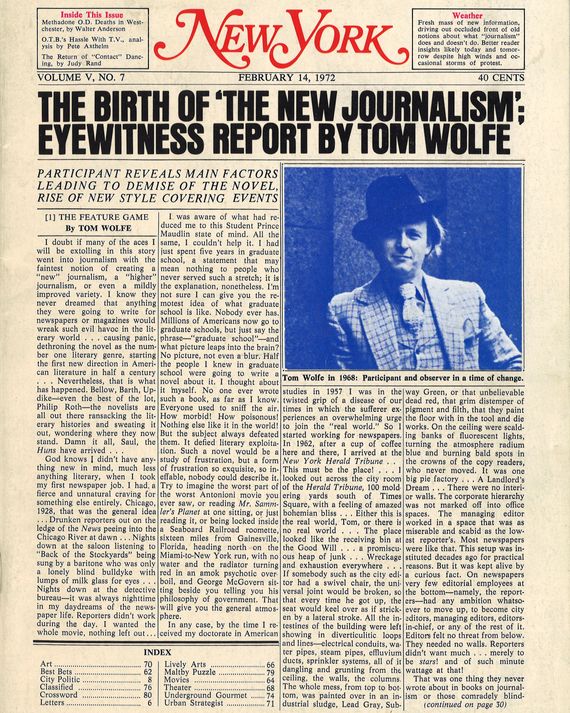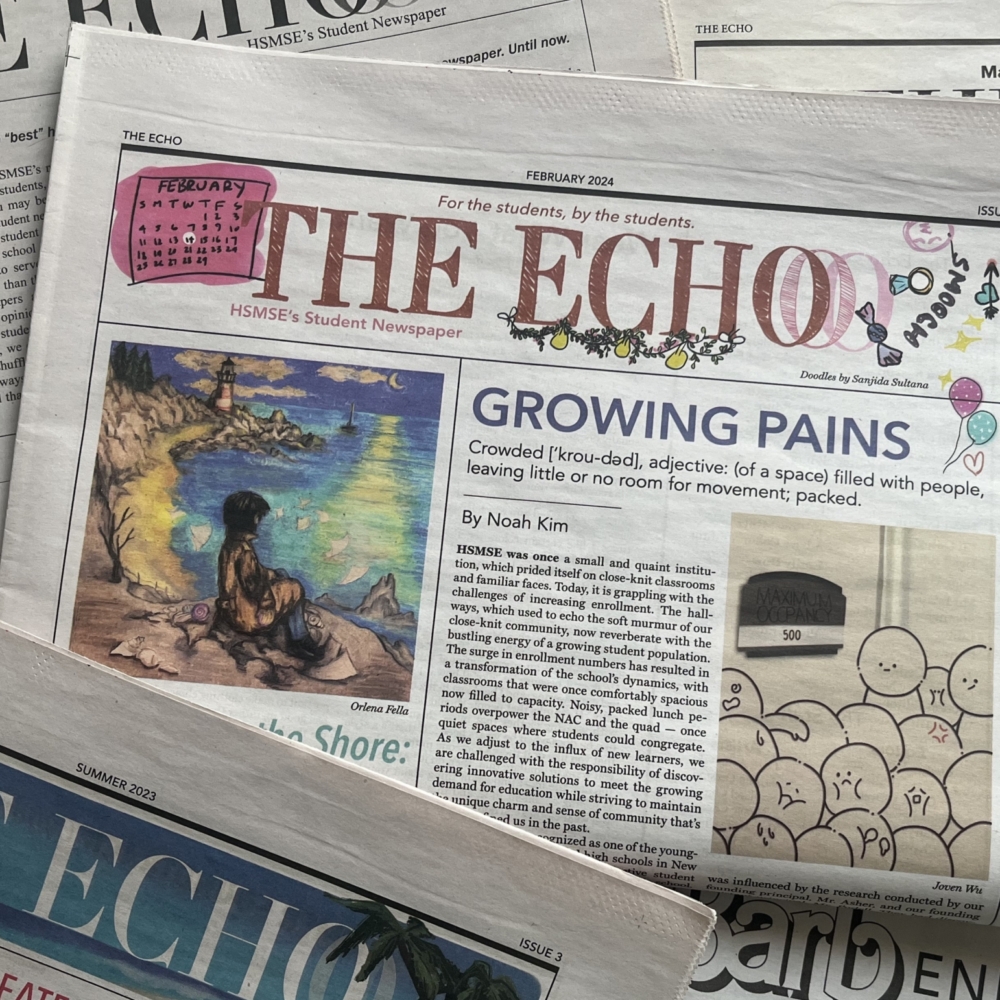Things about News Articles
Things about News Articles
Blog Article
The Definitive Guide for News Articles
Table of ContentsThe Facts About News Articles RevealedUnknown Facts About News ArticlesThe Basic Principles Of News Articles Some Known Facts About News Articles.News Articles - An Overview
Excellent knowledge of different subjects provides students an affordable edge over their peers. Despite the fact that digital and social media sites are readily available, we should not fail to remember just how vital it is to check out the papers. Moms and dads must attempt and inculcate the behavior of reading a newspaper as a day-to-day regimen to proceed the legacy of the revered print medium.News stories likewise include at the very least one of the adhering to important attributes family member to the intended audience: closeness, importance, timeliness, human rate of interest, curiosity, or effect.
Within these restrictions, news tales additionally intend to be extensive. Amongst the larger and more revered newspapers, fairness and balance is a significant aspect in providing details.
Papers with a worldwide target market, as an example, have a tendency to use a much more official design of composing. The specific selections made by an information outlet's editor or editorial board are frequently gathered in a style guide; common style guides consist of the and the United States Information Design Publication. The main goals of information writing can be summarized by the ABCs of journalism: precision, brevity, and clearness.
Things about News Articles
As a guideline, reporters will certainly not make use of a lengthy word when a brief one will certainly do. They utilize subject-verb-object building and vivid, energetic prose (see Grammar). They use stories, instances and metaphors, and they hardly ever depend on generalizations or abstract concepts. Information authors try to stay clear of utilizing the very same word much more than as soon as in a paragraph (in some cases called an "resemble" or "word mirror").
Nevertheless, headlines sometimes omit the topic (e.g., "Leaps From Boat, Catches in Wheel") or verb (e.g., "Cat woman lucky"). A subhead (additionally subhed, sub-headline, subheading, caption, deck or dek) can be either a subservient title under the primary headline, or the heading of a subsection of the post. It is a heading that comes before the main text, or a team of paragraphs of the primary message.

Added billboards of any of these types might appear later on in the article (specifically on subsequent pages) to entice more analysis. Such billboards are additionally made use of as pointers to the article in other areas of the publication Visit Website or site, or as promotions for the item in other publication or websites. Typical structure with title, lead paragraph (summary in bold), various other paragraphs (details) and contact information.

Instance of a hard-lead paragraph NASA is proposing another room project. The budget plan demands about $10 billion for the project.
An "off-lead" is the second most important front page news of the day. To "bury the lead" is to begin the article with background info or details of secondary relevance to the viewers, requiring them to check out even more deeply right into a write-up than they must have to in order to uncover the necessary points.
Fascination About News Articles
Typical usage is that or more sentences each develop their own paragraph. Reporters typically describe the organization or structure of a newspaper article as an upside down pyramid. The vital and most intriguing elements of a story are put at the start, with sustaining info adhering to in order of decreasing value.
It allows people to discover a subject to just the deepness that their curiosity takes them, and without the charge of information or nuances that they might consider pointless, yet still making that details readily available to extra interested viewers. The inverted pyramid structure likewise enables write-ups to be trimmed to any kind of arbitrary length throughout layout, to suit the area available.
Some writers begin their tales with the "1-2-3 lead", yet there are numerous kinds of lead available. A twist can refer to several points: The last story in the information program; a "delighted" story to end the program.
Longer short articles, such as publication cover articles and the items that lead Continue the within areas of a newspaper, are understood as. Function stories vary from straight news in several ways. Foremost is the absence of a straight-news lead, most of the moment. As opposed to using the essence of a story in advance, function authors might attempt to tempt visitors in.
Some Known Incorrect Statements About News Articles
An attribute's first paragraphs typically associate a fascinating minute or occasion, as in an "unscientific lead". From the details of an resource individual or episode, its sight promptly widens to generalizations about the tale's topic.

The Editor's Tool kit: A Reference Overview for Beginners and Professionals (2001) Allan M. Siegal and William G. Connolly. The New York Times Manual of Design and Usage: The Official Design Guide Used by the Writers and Editors of the World's The majority of Authoritative Paper (2002) M. L. Stein, Susan Paterno, and R.
Report this page